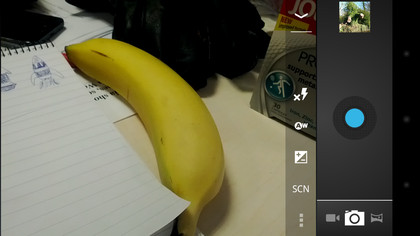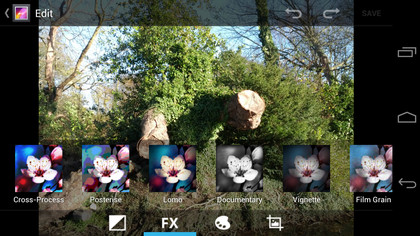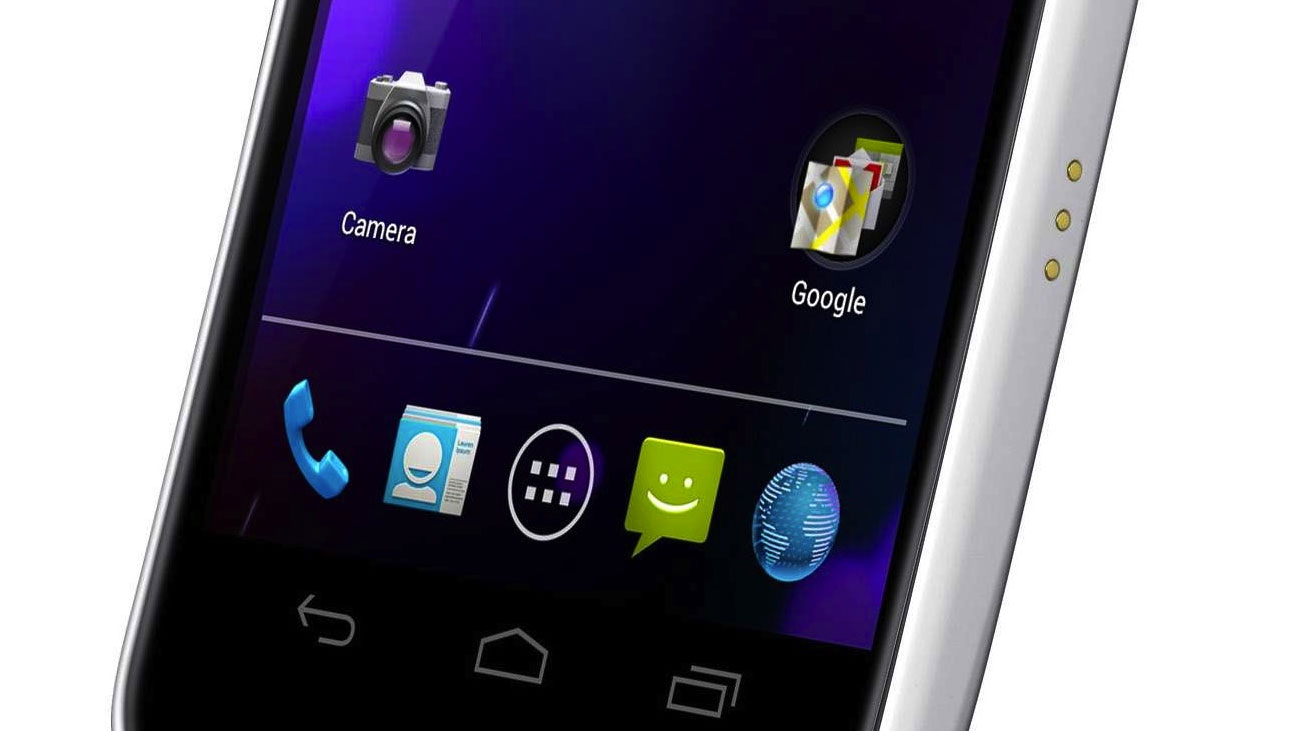Why you can trust TechRadar
The camera on the Android 4.0 system is much upgraded again, after some real leaps forward from the likes of Éclair and Gingerbread.
The settings are the same as before, with the likes of white balance, exposure and Scenes all inbuilt into the OS. The Scene modes are probably the least important of the lot, as only Night Mode really offers up anything in the way of discernible difference.
However, we liked tinkering about with the exposure settings to capture our shots - this yielded some real differences.

The big talking point of the new camera app on the Galaxy Nexus is the zero shutter lag, which is simply ace. It's up there with the iPhone 5 in terms of speed (and probably just beats it, to be honest) and means you can take some cracking shots in the blink of an eye.
However, you do sacrifice auto focus to achieve this - but if it's a well-lit scene, you shouldn't have any issues.
It doesn't have burst mode, which is prevalent on the likes of the HTC One X and Samsung Galaxy S3, so if you're after a stock Android experience you'll need to kiss goodbye to this feature.
The other new feature is the panorama mode, which does as you'd imagine: helps you capture widescreen shots. The phone will help you by telling you to go faster and slower to capture the picture, but the results can be erratic.
Android 4.0 now has a built in editing tool as well, meaning you can alter the quality of your shots very easily - it might not be a full editing suite, but does come up with some nifty ways to tweak your snaps to improve them before never showing them to anyone ever again.

It should be noted we're trying all this on the Samsung Galaxy Nexus, which is a very powerful phone. Many phones with a lower processor have scrapped a number of these features, so make sure they're included if you're plumbing the budget depths of the smartphone market and love to meddle with snaps.
Video recorder
The video recording has also been improved thanks to the Ice Cream Sandwich update, with the ability to record in time lapse mode, set the white balance and also add in silly video effects too.
We're impressed with the way the latter works, with the phone able to track your face and keep things like a big nose on the screen at all times. Is it useful? No - but it's very 'Google' in the frippery it brings to the phone.

It's likely some of these features won't make it to the less powerful phones, as they'll require a little more raw power - but we were impressed with the 1080p footage captured on the Nexus camera.

Gareth has been part of the consumer technology world in a career spanning three decades. He started life as a staff writer on the fledgling TechRadar, and has grew with the site (primarily as phones, tablets and wearables editor) until becoming Global Editor in Chief in 2018. Gareth has written over 4,000 articles for TechRadar, has contributed expert insight to a number of other publications, chaired panels on zeitgeist technologies, presented at the Gadget Show Live as well as representing the brand on TV and radio for multiple channels including Sky, BBC, ITV and Al-Jazeera. Passionate about fitness, he can bore anyone rigid about stress management, sleep tracking, heart rate variance as well as bemoaning something about the latest iPhone, Galaxy or OLED TV.
